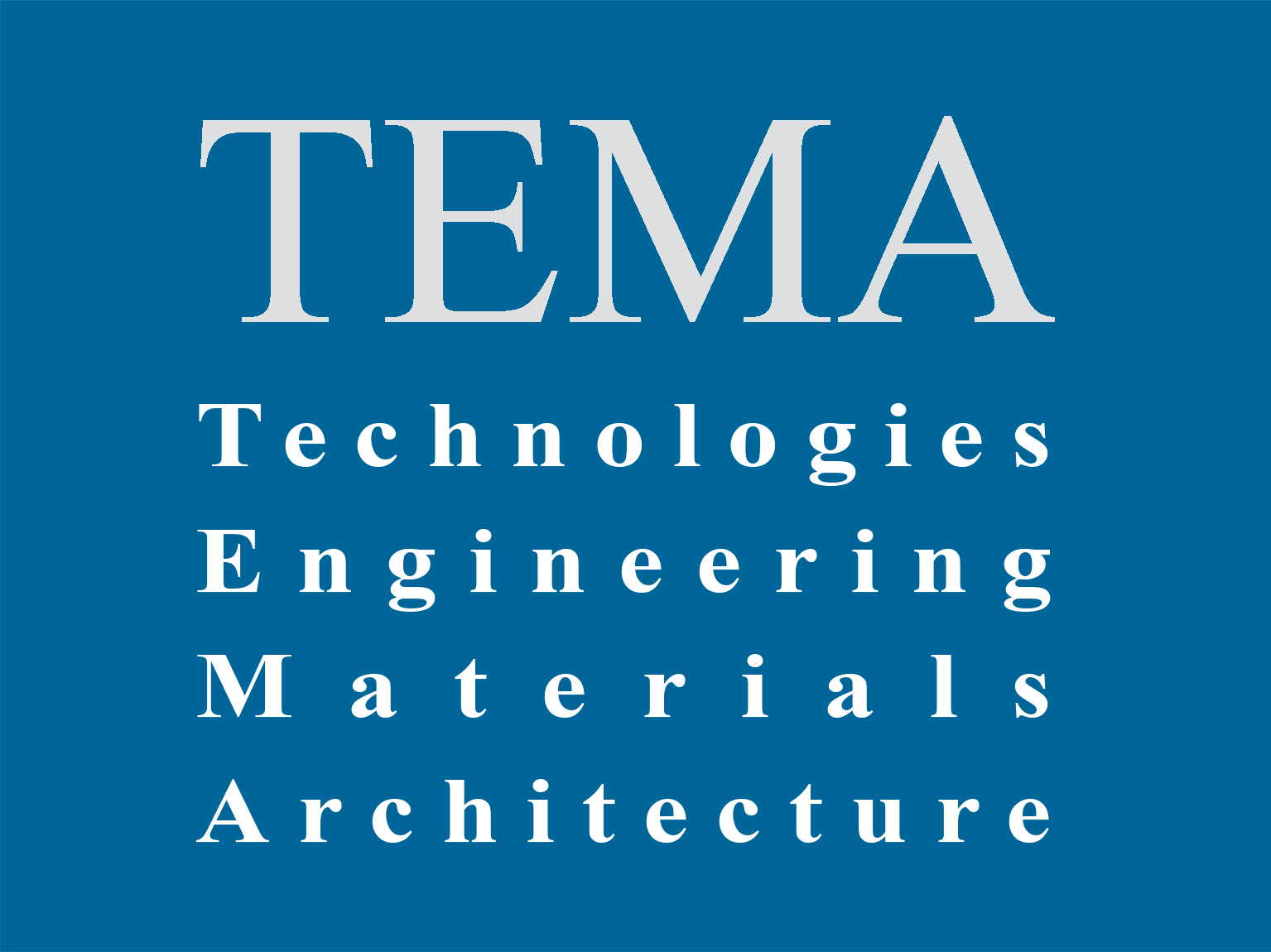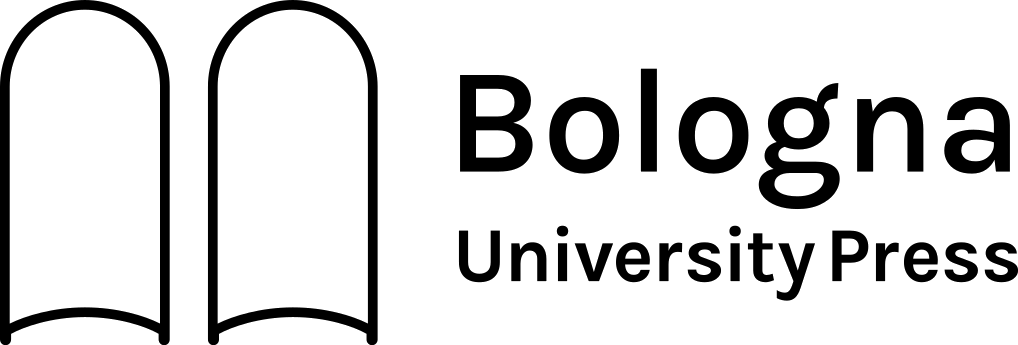Abstract
Restoration technology has different characteristics from mechanical, chemical, and industrial technologies. In fact, it concerns objects recognised as cultural heritage as evidence of historical, cultural, aesthetic values, which the intervention has to preserve. The observation of the damages caused by wrong restoration interventions has led to the formulation of guidelines to limit the risks of such interventions. One of the basic principles of these guidelines is reversibility: since degradation is an inevitable process, construction works will likely require restoration and functional adaptation over time. The historical timber floor is the technology system that embodies and tells the history of a building in a more reliable way: it is the most evident testimony of the technological-cultural-economic characteristics that have conditioned the design and construction of a given building in history.
In accordance with the need to preserve these historical testimonies, the study aimed to develop an innovative method for the quantitative evaluation of reversibility in the restoration and static consolidation of timber floors. The method aims to evaluate the most reversible intervention, i.e., more sustainable in terms of future revision and modification.









